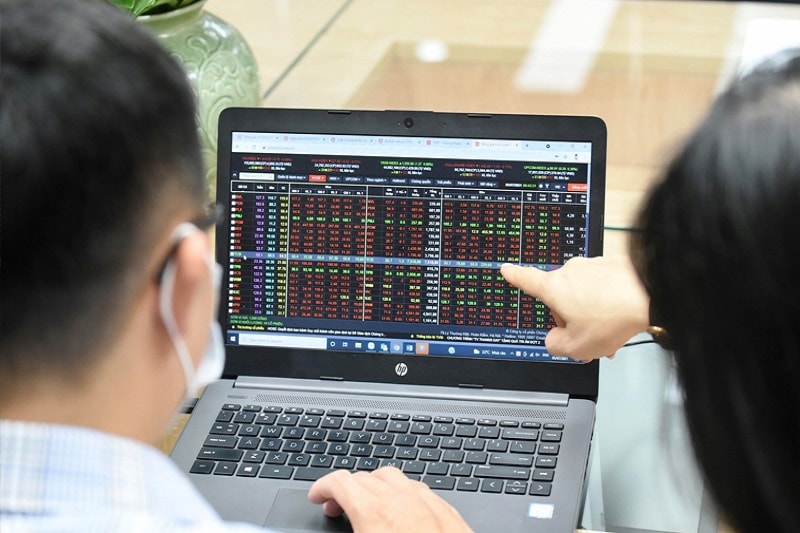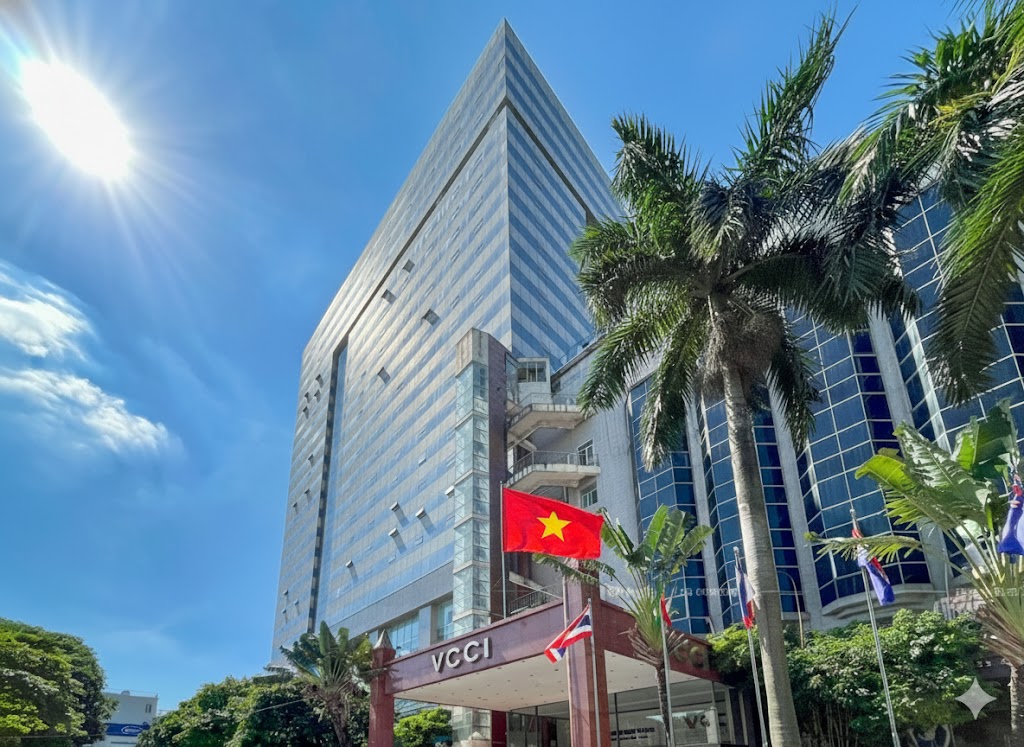What to expect from the Vietnamese stock market by the end of 2025?
Vietnam’s stock market is expected to rebound by the end of 2025, supported by the KRX trading system, attractive valuations, prospects of market reclassification, and a potential return of foreign inflows.
The VN-Index is entering a pivotal phase, marked by notable movements and high expectations for the end of 2025 and into 2026. Despite continued global uncertainty from trade wars, geopolitical conflicts, and unexpected economic shocks, investors are hopeful for improvements in market structure, liquidity, and capital inflows. So what are the driving forces behind this optimism?

Investors are increasingly hopeful for positive changes from within Vietnam’s stock market.
Mr. Dang Tran Phuc, Chairman of AzFin Vietnam, asserts that it is critical to recognize that dangers still exist, particularly in light of the global economic climate. Two significant risks are the intensification of international trade conflicts, which still have a direct effect on countries that depend on exports, and the unpredictability of uncertainties brought on by changes in major economies' policies, financial crises, pandemics, or other unanticipated calamities. But because of this volatile the environment, investors are becoming increasingly optimistic about Vietnam's stock market's internal changes.
One of the most anticipated developments is the diversification of derivative products enabled by the new KRX system. Although the system only officially began operation in May 2025 and is still undergoing technical adjustments, it is expected to pave the way for more product offerings in the near future.
"Currently, derivative products are mostly limited to the VN30 index. Government bond derivatives see almost no trading activity, which indicates a very limited market. With the implementation of KRX, the market may expand into more diverse product categories. New products could be introduced as early as the end of 2025 or even into 2026. This will be a key foundation for making the market richer, more attractive, and aligned with international standards."
It’s worth noting that while the KRX system is no longer cutting-edge—having been planned since 2012–2013—it still marks a significant upgrade from the outdated legacy system. The adoption of KRX is also fueling hopes for an eventual market upgrade, said Mr. Phuc.
An improvement in market classification in accordance with international standards by the end of this year is the second key expectation. In theory, Vietnam has mainly satisfied the requirements for reclassification in accordance with FTSE guidelines. It may be feasible to update in accordance with MSCI criteria by 2026 if additional advancements are realized. The reclassification of Vietnam's stock market has previously been postponed multiple times, so analysts warn that this is still only a possibility.
The third key expectation is the return of foreign investment. After a prolonged period of net selling, international investors are expected to reduce selling pressure and potentially return as net buyers in 2025—provided macroeconomic and market conditions are favorable. This could improve market supply-demand dynamics and help drive up valuations. It is worth noting, however, that foreign capital currently remains concentrated in select stocks rather than being spread broadly across the market, which investors should keep a close watch on.
Mr. Nguyen The Minh, Director of Individual Client Research & Development at Yuanta Securities Vietnam, noted that from 2024 to now, foreign investors have maintained a net selling position. However, a positive sign emerged during the trading week of May 12–16, 2025, when foreign investors recorded a net buy of VND 2,881 billion—the highest weekly inflow in the past two years.
"We believe this is partly due to capital outflows from the U.S. market recently, along with reduced macroeconomic risks for Vietnam after the U.S. postponed countervailing duties. This suggests that the inflow may represent fresh capital, not just recycled P-notes, as it was spread across multiple stock groups."
According to our observations, global capital is still moving out of U.S. equities, given their high valuations and economic risks from domestic policies. As a result, there is a growing expectation that this capital will be redistributed to other markets. This includes Vietnam, where the VN-Index is still undervalued and macro risks remain relatively low, similar to how global funds are shifting toward European markets. That said, these flows may still be influenced by future tariff or tax policy changes, the expert noted.
Despite external risks and unpredictable variables that may cause short-term market volatility, Vietnam’s stock market still possesses many underlying factors that support a recovery and potential breakout by late 2025.
Another attractive factor is the low market valuation, which opens clear opportunities for value investing. With a current P/E ratio of approximately 12.8x, Vietnam is comparable to Indonesia and only slightly higher than the Philippines. Among the top 10 regional markets, Vietnam’s P/E is lower than China (13.84x), South Korea (13.29x), and significantly lower than India (22x), Thailand (18.11x), Malaysia (19.48x), and the U.S. (around 30x). This indicates that Vietnam is relatively cheap by regional standards.
In addition, proprietary trading activity has yet to show a clear trend and cannot be relied upon for short-term forecasts. However, when combined with foreign capital inflows and expectations for infrastructure improvements in trading systems, the market may see a notable lift heading into Q4 2025.








